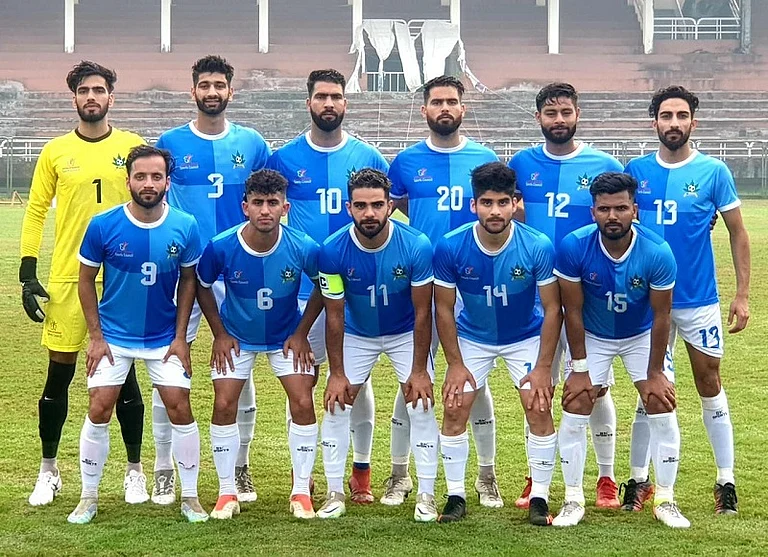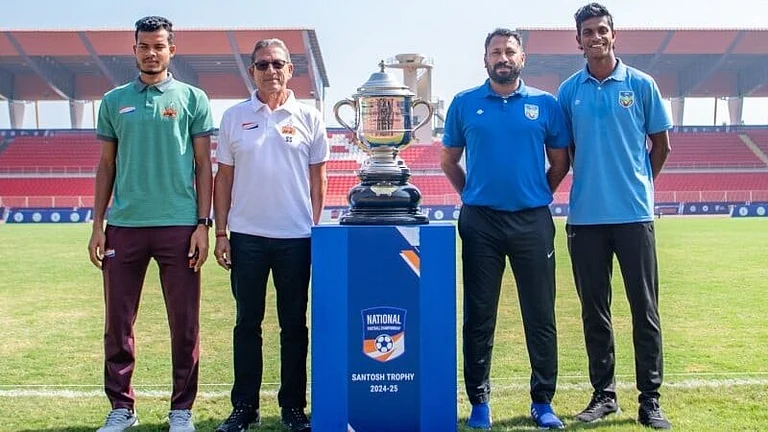In an era where increasing speed in service delivery and Risks in digital transactions in seconds, the Common practice of processing data in daily or hourly batches is has been observed to introduce certain delays in some contexts. As organizations face Growing need to make Timely and data-driven decisions, streaming data architectures have seen increased use in specific industries Beyond being optional enhancements.
"In today's world, batch is often too late," says Santosh Vinnakota, a leading expert in real-time data systems with over 10 years of experience across Logistics, Healthcare, and Banking industries. Specializing in Cloud Data Warehousing and Big Data solutions, Santosh works with enterprise-scale data architectures. "Whether it's missed delivery windows, delayed fraud detection, or outdated customer personalization, the cost of waiting for data has never been higher. Businesses must evolve from thinking in 'reporting cycles' to operating in 'data moments'.”
The Common approach to data processing involves collecting information throughout the day and analyzing it during off-peak hours, often overnight. While this method Was commonly used in earlier years, the IT professional's work Shows some potential advantages of moving beyond this paradigm.
Has contributed to, Santosh has Developed event-driven data pipelines using technologies like Azure Event Hub, Databricks, and Synapse Analytics that have Led to improvements in operational efficiency. In one project, his team Reported a 40% decrease in issue resolution time by Using real-time insights from streaming image data.
"Organizations that unlock event-driven architectures can respond to problems as they emerge, not hours later," he explains. "And it's not just about speed—it's about relevance, accuracy, and agility in a world where decisions happen continuously."
Among the expert's impactful projects was a Real-Time Image Processing System that fundamentally changed how package delivery operations functioned. By implementing a streaming pipeline that Supported real-time data processing of package images, field teams could Access image data with reduced delay later.
This transformation from batch to streaming had observed improvements. What once took 6-hour processing windows now takes less than 10 minutes. Analytics that previously had delays of up to 24 hours now update within approximately 5 minutes. "We've cut batch processing windows from 6 hours to under 10 minutes for key data feeds," he notes. "This improvement alone has achieved over $300,000 in annual efficiency gains by reducing operational delays and enhancing SLA adherence."
The journey hasn't been without challenges. Santosh details the obstacles his teams have overcome, including legacy ETL systems that weren't designed for real-time insights. "We've had to overhaul legacy systems that were tightly coupled, difficult to scale, and fundamentally not designed for real-time insights," he says. "Building organizational trust in real-time systems meant ensuring exact-once processing, schema validation, and consistent alerting mechanisms."
In another project, his team created real-time delivery optimization feedback loops using telemetry data from driver GPS systems and routing APIs. This system, called ROADS (Route Optimization and Delivery Scheduling), resulted in improvements on-time delivery performance and network efficiency by allowing route adjustments based on real-world conditions.
It is noted that, he emphasizes that streaming data Involves changes in business operations alongside technical updates. His work on Wallet Analytics illustrates this method. By building event-based ingestion models for continuous data refresh in analytical dashboards, he provided service level agreements for high-volume data from user transactions across regions. This capability supported timely fraud detection and ongoing performance monitoring instead of after-the-fact reporting.
"Streaming data is no longer a luxury; it's a competitive requirement," Santosh asserts. "The rise of cloud-native platforms has made streaming more accessible than ever. With tools like Kafka, Azure Event Hub, and Spark Structured Streaming, companies can build resilient, low-latency pipelines that ingest, transform, and expose data with near-zero delay."
As companies have noted the challenges with batch processing, our specialist sees some developing trends that may impact of business data processing. "The data ecosystem is rapidly advancing with micro-decision systems powered by real-time inputs and adaptive models," he explains. "We're also seeing the emergence of federated streaming architectures that allow teams to independently consume and act on events without waiting for centralized processing. Perhaps most importantly, declarative data pipelines are now emerging that auto-scale, self-heal, and evolve with schema changes, eliminating brittle, manual batch workflows."
Santosh's published research, including papers on "Serverless Computing for High-Performance Data Processing Workflows" and "Combining Batch and Stream Processing for Hybrid Data Workflows," further explores these concepts and provides frameworks for implementation.
For businesses still relying primarily on batch processing, he offers a clear warning: "Organizations must stop treating real-time data as a side initiative and start embedding it into the core of every business process, from supply chain to customer engagement."
As market competition is increasing across industries, the capacity to process information quickly, rather than hours or days later, could influence company performance to Respond to customer needs and market changes.
About Santosh Vinnakota :
Santosh Vinnakota is a experienced professional in real-time data systems with around ten years of experience spanning logistics, healthcare, and banking. Working in cloud data warehousing and event-driven architectures, he has managed projects using technologies like Azure Event Hub, Databricks, and Synapse Analytics. His implementations have reduced data processing times from hours to minutes, resulting in faster insights and cost savings estimated at $300,000 annually. From real-time image processing to fraud detection and delivery optimization, Santosh supports streaming data as an important component. His research and leadership contribute to the transition from batch to more flexible, data-informed operations in various organizations.


























